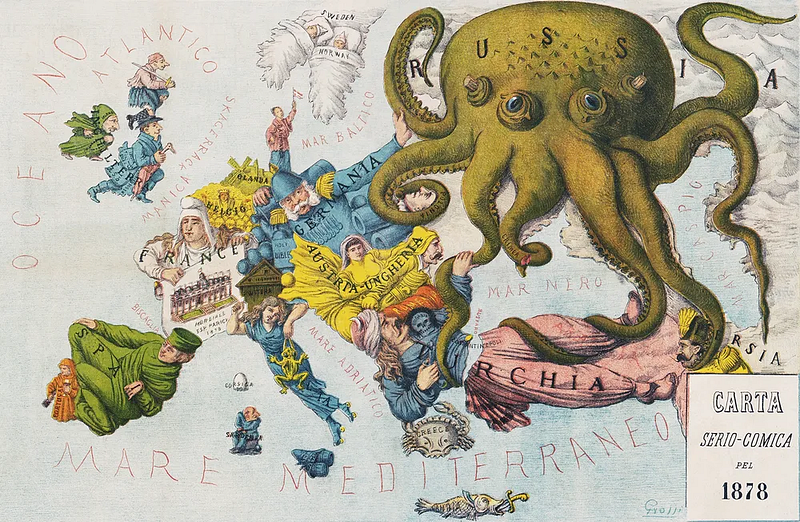This follow’s from yesterday’s post about mapping the fantastic!
In the final episode of Star Trek the Next Generation, season 4, a group of Starfleet ships arrives at the border of Klingon and Romulan space. Starfleet is intent on keeping the Romulans (who can “cloak” their ships from detection) from smuggling supplies into Klingon space, where they will be used to foment the Klingon civil war.
The Starfleet ships have a new method of detecting the Romulans, even through their cloak, but to achieve this, they need to form a “net”. This is a plot clearly drawn from aspects of naval warfare. It’s also clearly ridiculous. Why? Because, since space is three-dimensional, the Romulans could easily just go around the net.
One way to handle this would be if the Starfleet ships were actually many light-years apart, thus making the net gigantic (and therefore making the time to go around it a factor that the plot would have to contend with). But an errant line in the episode that highlights the exact distance between the ships, where a “ten-million kilometer” gap in the detection field is created, removes this possibility. Space is big, and warp drives can cover a lot of distance. So ten million kilometers (roughly the distance from the Earth to the Moon) seems big, but it’s pretty inconsequential on the grand scale.
Another way to tackle this episode’s problem would have been to highlight that the “net” is actually just surrounding a limited area of 3D space, such as a planetary system. Still a giant distance, but infinitely more believable.
Now, this isn’t just me picking on Trek. It just happens to be a really useful example of how writers (especially for sci-fi television) can fail to consider the landscape within which they’re telling the story.
The really annoying science-fiction work of J.J. Abrams does a similar thing by taking J. Michael Straczynski’s “speed of plot” quote to an extreme. Everything in the Star Trek films that Abrams directed, as well as the Star Wars films he was a part of, deal with the vast distances of space by… utterly ignoring them. Ships arrive when, where, and how Abrams wants them to. Writer and director Rian Johnson in The Last Jedi also does this, completely ignoring a number of factors related to spacetime for the sake of the plot he wanted to build.
This is specifically the sort of thing that J. R. R. Tolkien and Ursula K. le Guin used their maps to help avoid. They both created the world as they needed it, and adjusted when they had to, but once the world became fixed, it stayed fixed. Or, in the case of le Guin’s vast science fiction works, all that mattered, for the interstellar view, was time, which makes a lot of sense, actually. Vernor Vinge’s work also hinges on the importance of time in the vastness of space. But even fantasy maps dealing with normal-Earth-sized distances are fundamentally explorations in the depth of time. How much time does it take to get from one place to another? Do seasons change? Do the tides lower and rise? How long does it take for an army to gather, to supply itself, to march to war?
The problems we see in a lot of flashy modern science fiction of the Abrams-ilk is that it disregards this entirely. Time and space exist solely at the whim of the plot, and rather than allow time and space to help inform the tension of the plot, these lesser writers rely entirely on trope-y emotional friction to build suspense and develop action. That’s a different story, however.

